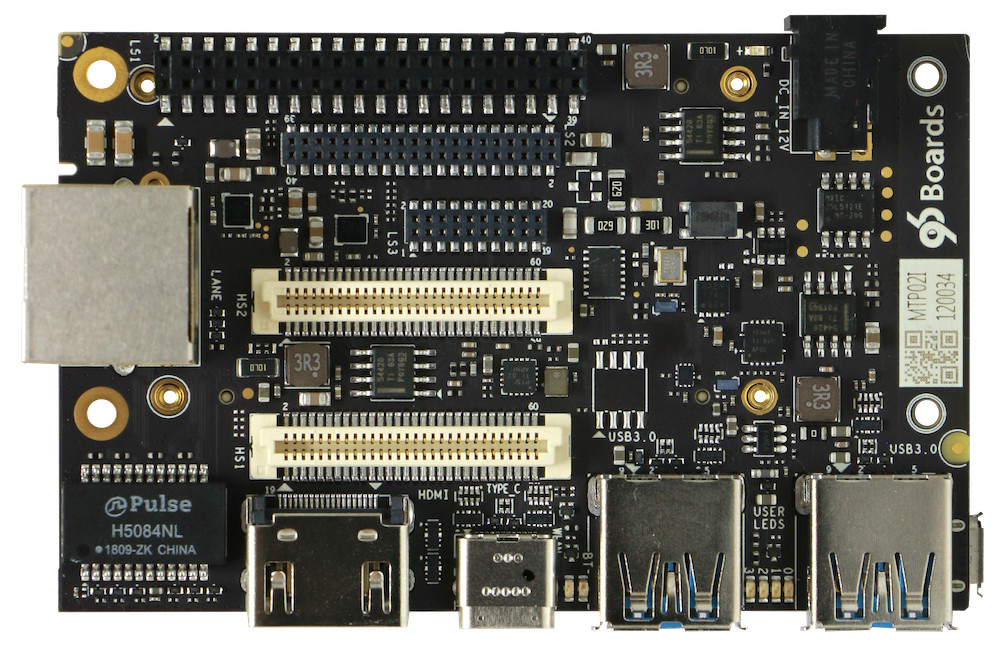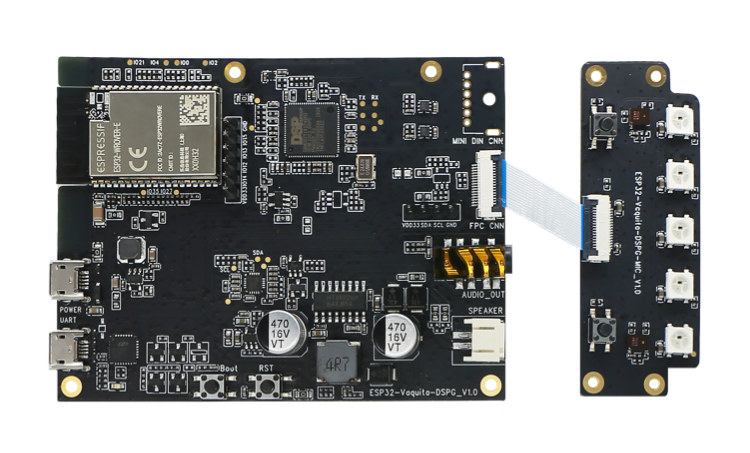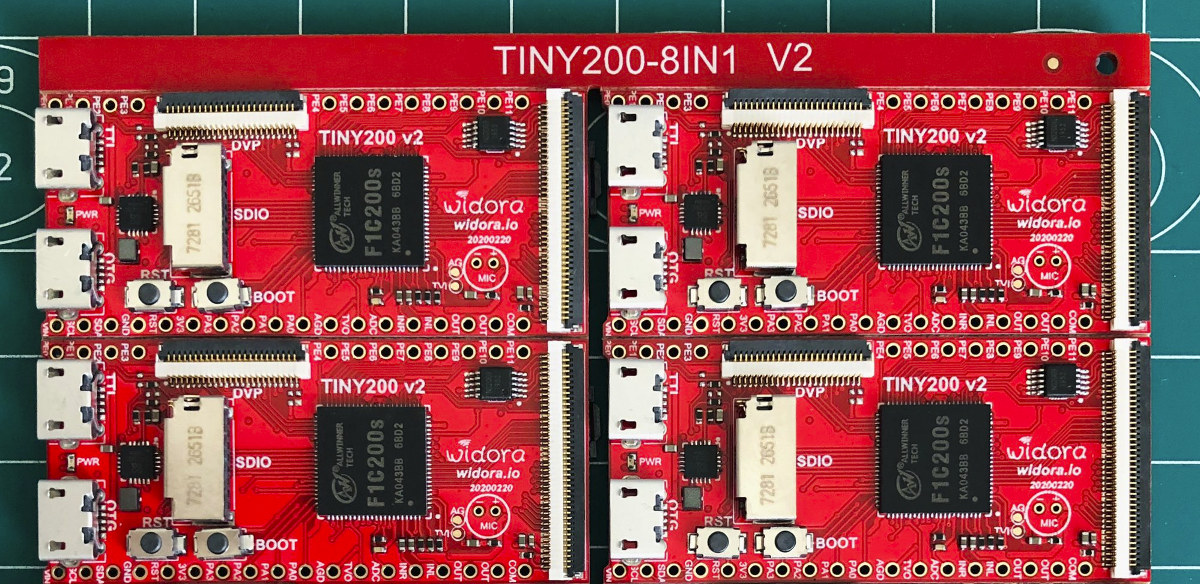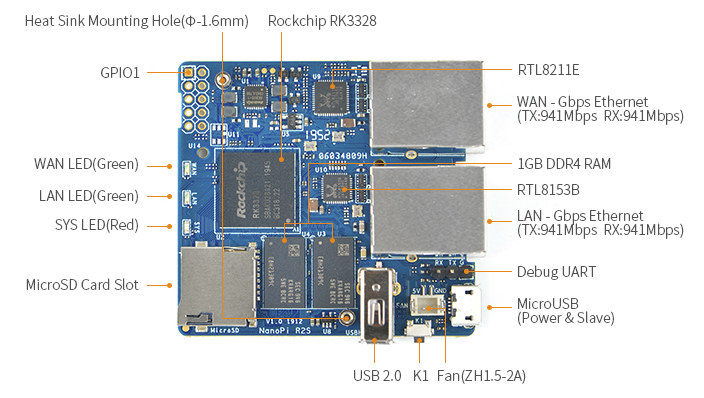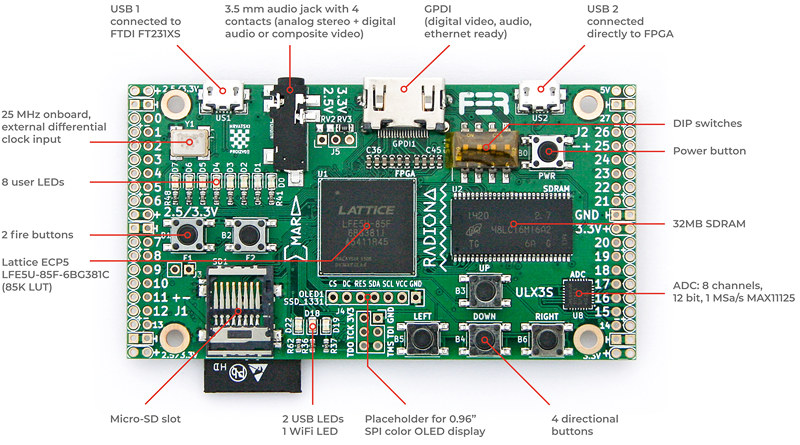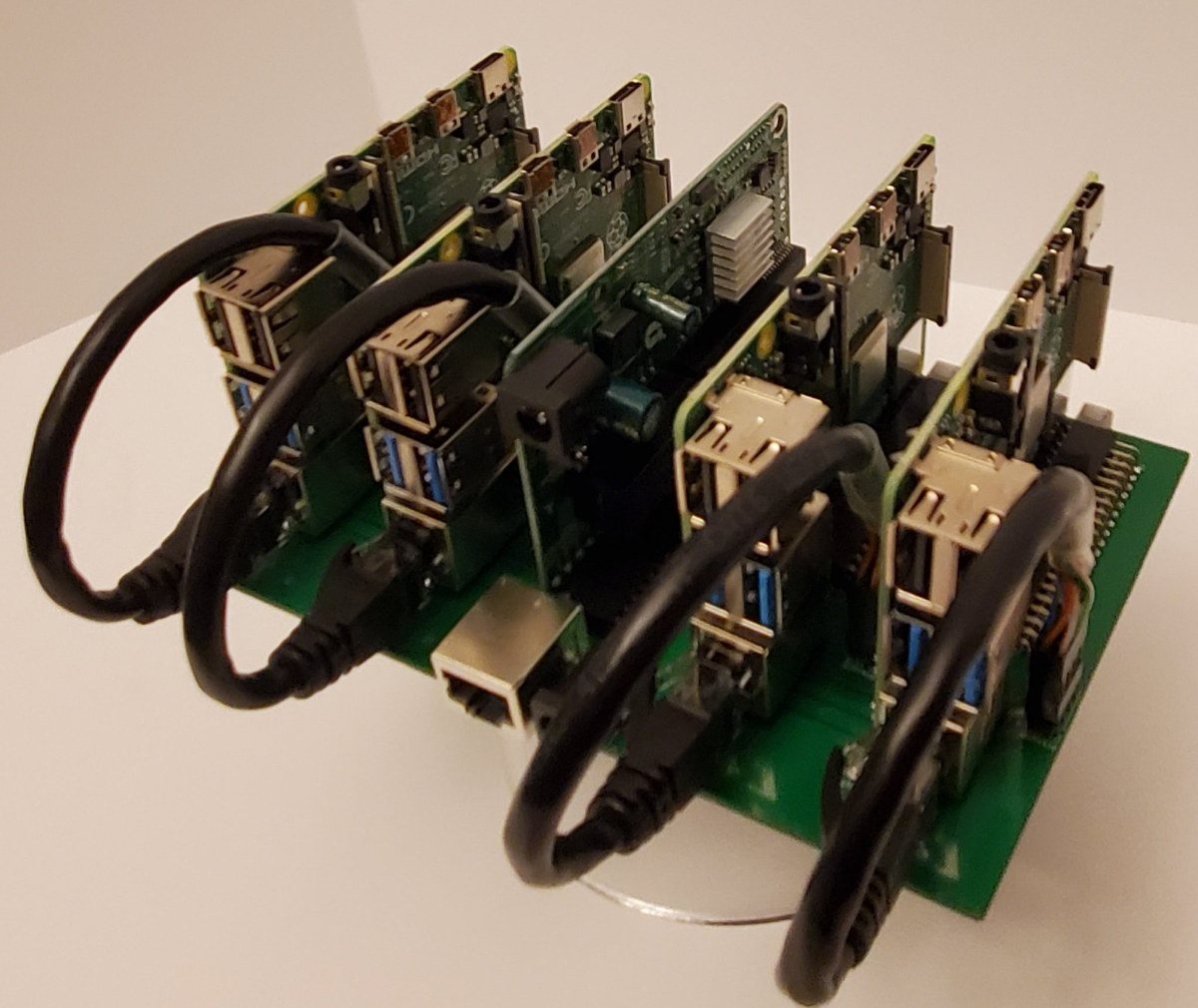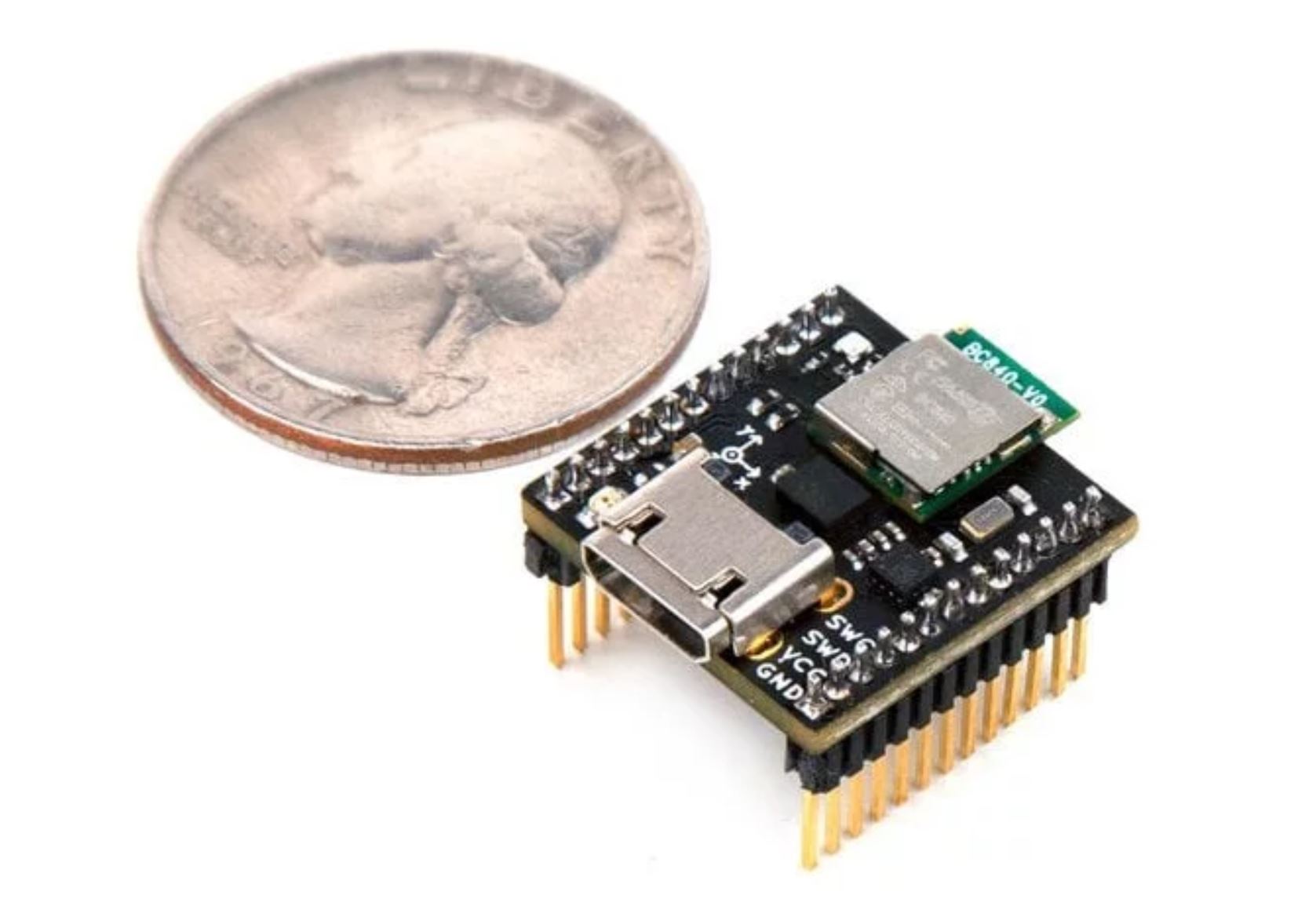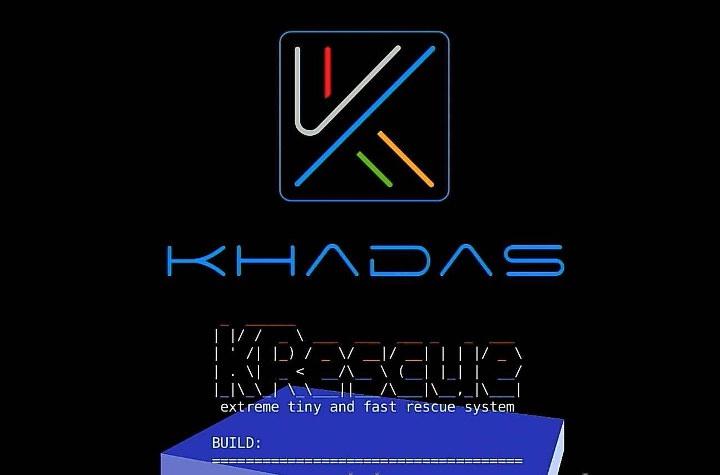DragonBoard 845c Android (AOSP) Reference Board Supports Open Source Graphics, Mainline Kernel
Besides the obvious Google Pixel and Nexus devices supported by AOSP (Android Open Source Project), we previously covered some single board computers that were also officially supported by the project with Hikey and Hikey 960 Android reference boards. Linaro Consumer Group (LCG) has just written about Qualcomm Snapdragon 845 based Dragonboard 845c board. It has been now an official Android reference board for a few months now, and it is the first such board with an open-source graphics stack thanks to Freedreno graphics driver and mesa framework. Since no proprietary blobs are required, the board’s full functionality can also be upstreamed into the mainline kernel, and Linaro currently uses the board as a test target for validating the mainline kernel and stable updates. Here’s a reminder of the board’s hardware specifications: SoC – Qualcomm Snapdragon 845 with 8x custom 64-bit ARMv8 CPUs up to 2.8 GHz, Adreno 630 GPU with […]


